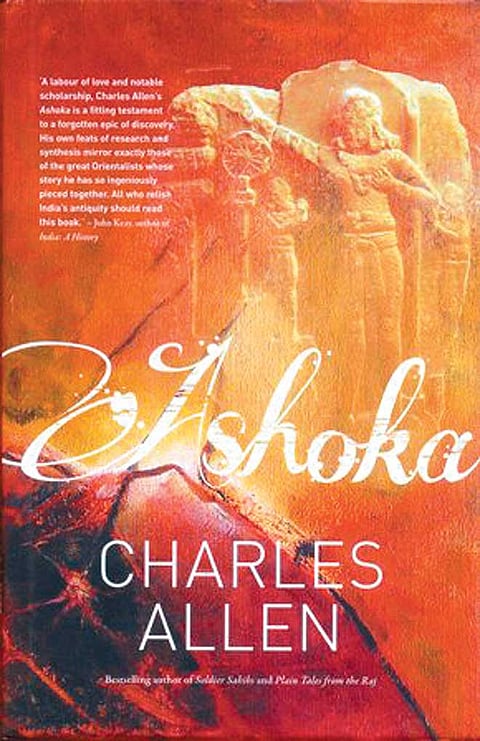
- Destinations
- Experiences
- Stay
- What's new
- Editor’s Picks
- Responsible Tourism
- CampaignsCampaigns
- Subscribe

The title of Charles Allen&rsquos latest book is somewhat misleading. The book is only partially about the life of the emperor Ashoka. More than half of it is devoted to the discovery of the existence of Ashoka. Peopled by a colourful cast of Orientalists, Indologists and colonial administrators, this book is as much about the patient detective work which went into putting together the jigsaw puzzle of the life and times of the emperor.
Most Indians imbibe a mandatory dose of Mauryan history from their school textbooks, so much of the story that Allen relates about the emperor will be sketchily familiar to readers. They will also be aware that the corpus of primary material on Ashoka is vanishingly small, chiefly consisting of a number of rock-edicts, stray statuary and some exquisite bas-relief on pillars, stupas and the like. What is less known is the almost fortuitous discovery of these pieces of the jigsaw, starting with the founder of Calcutta&rsquos Asiatic Society, William Jones.
Allen is acutely aware that Orientalism has become a somewhat embarrassing term post-Edward Said. Happily, he does not allow that to come in the way of what is a cracking good story. Allen traces the beginnings of the story to William Jones&rsquos &lsquotentative thoughts on Buddha and Buddhism&rsquo which appeared in the first two issues of the Asiatick Researches, published in 1789. Allen reports on the competing strands of interest among the early members of the Society, and how Buddhist studies gradually emerged from the shadow of its largely Sanskritist preoccupations. With the discovery of many hitherto unknown religious texts in the first decade of the 19th century, scholars like the neglected Francis Buchanan were able to start dating the key events in the early history of Buddhism. Buchanan&rsquos efforts were carried on by fellow-Scot Colin Mackenzie in the south, George Turnour in Ceylon and the extraordinary James Prinsep.
Allen zeroes in on 1837 as a key year a series of astonishing revelations which &ldquocame so thick and fast that there was no time to absorb the implications of one before the next had been announced.&rdquo The key players in this annus mirabilis of Buddhist studies were Prinsep, Lt. Markham Kittoe, and, after their deaths, Alexander Cunningham.
Entwined with the story of the unravelling is Ashoka&rsquos own story, which still remains a most amazing account of kingship. In Allen&rsquos retelling of this most decisive period in Indian history, there is a pleasing synthesis of the massive scholarship on the subject, made accessible to a readership outside academia. It is not easy to handle such a complex narrative, but Allen has been equal to the task, and has produced an account which will appeal to the amateur and the specialist alike.
